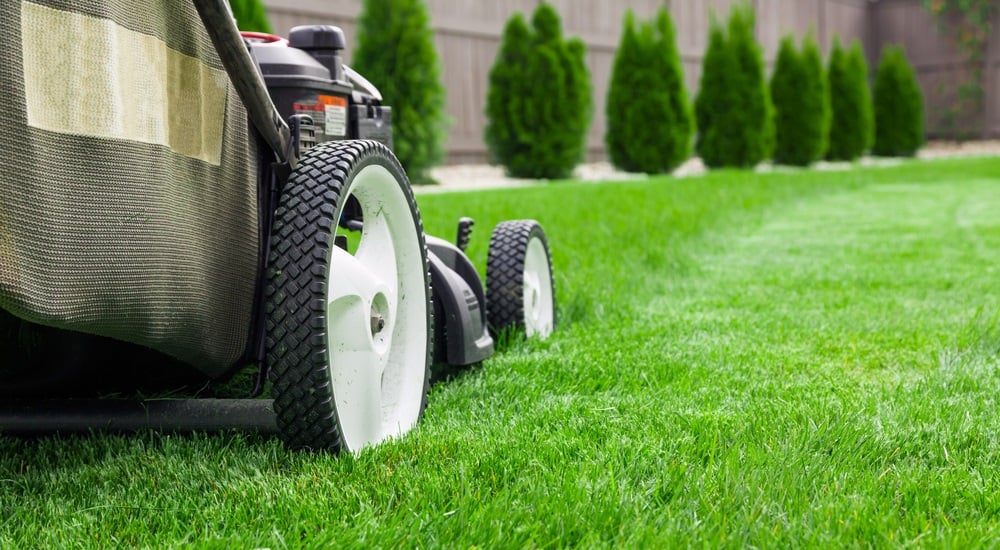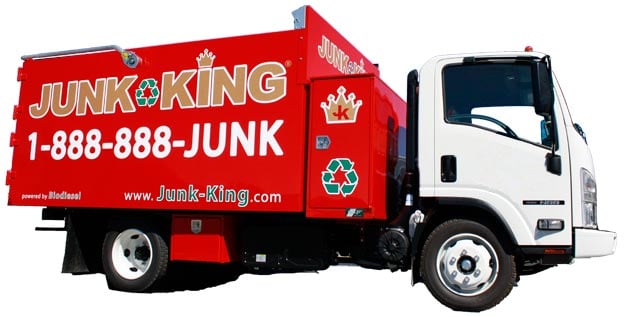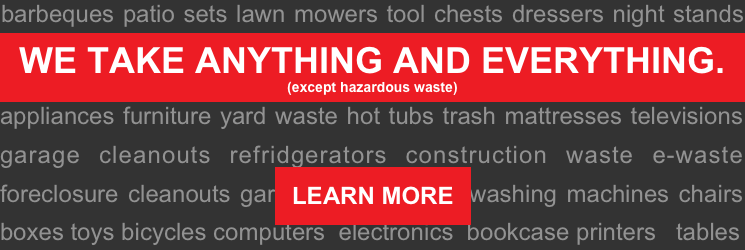
If you own or rent a house, odds are you have a lawn. And, if you're like most people, you want your lawn to look nice. Now is the time to start.
According to lawn care experts, the most important part of spring lawn care is to make sure that the lawn has plenty of opportunity to gently come back to life during the early spring months. If done right, sunlight and soil will do most of the work for you.
Fertilizing Is a Seasonal Thing
If you fertilized your lawn beforehand, in the fall, there is probably no need for another application of fertilizer in the spring. In fact, it's very likely that any cool season grasses are will still be utilizing the fertilizer from the fall throughout the spring and into the summer.
Warm season grasses, such as zoysia or bermudagrass, are more common in places like California, and these grasses actually become dormant in winter and shouldn't be fertilized until they come out of dormancy. A good guide is to wait until after the fourth mowing before applying any fertilizer to lawns with warm-season grasses.
Not matter what type of grass your lawn has, however, fertilizing in early spring can encourage rapid growth of your lawn grass. This means mowing it sooner and probably more often. And spring fertilizing can also boost the growth of weeds.
And what about all those weeds?
According to advice from Popular Mechanics,
"To prevent weeds from taking over your lawn this summer, apply a pre-emergent herbicide in the spring. It’s a way of feeding your lawn. Think of it giving the lawn antibiotics. This type of weed controller is formulated to prevent weed seeds from germinating, which will greatly reduce the number of crabgrass, dandelions and other weeds.
Most pre-emergent herbicides are effective for about three months, so you’ll need to reapply it again during the summer. By the way, regardless of whether you live in the north or south, both cool-season and warm-season grasses will benefit from a springtime application of a pre-emergent weed controller."
Things to Consider With Your Spring Lawn
Consider starting your lawn preparation with a thorough, deep raking and aeration.
Raking will pull up and remove any thatch that may have accumulated over the winter and uncovers any bare spots or compacted areas. If there are compacted areas, aerating will loosen the soil and allow the grass to grow more easily.
BriggsandStratton.com's website advises,
"The best time for aeration is during the growing season, when the grass can heal and fill in any open areas after soil plugs are removed. Ideally, aerate the lawn with cool season grass in the early spring or fall and those with warm season grass in the late spring."
As you start to mow your grass, make sure to cut higher than normal during the spring. Higher grass may mean mowing more frequently, but is also encourages thicker and deeper roots, which helps create a barrier against weed growth.
This is also a good time to use some lawn insect and pest control, if needed. You should treat your lawn as necessary to prevent insects and pests from destroying your lawn.
Five Easy Tips for Your Spring Lawn Care
Another task that may need to be done before you get to far into weeding, fertilizing and other lawn care tasks is making sure it's clean and free of junk and debris.
Winter can be a time when things tend to pile up outdoors in corners of the yard, or branches and other organic debris has to be picked up and hauled away.
The good news is that yard waste and junk removal can be taken of quickly, easily and professionally. In fact, Junk King specializes in yard waste removal so you don't have to!
Once your lawn is cleaned up and all your prep work is complete, the following spring lawn care tips will help you to establish a healthy and beautiful lawn for the summer:
Upgrade Your Garden Hoses
Proper lawn care requires good tools and a sturdy, high-quality garden hose can be one of the most used "tool" in your yard. If you are purchasing a new one, make sure it’s not an "economy grade" type as these can kink easily, are prone to leakage, and will deteriorate far more quickly in the elements. Also, make sure you have enough hose to reach all the areas that you need to get to.
Service Your Lawn Mower
Before you start mowing, you should clean and service your lawn mower, or have it done professionally. According to TodaysHomeowner.com, this would include:
- Checking and/or replacing the spark plug
- Changing the oil
- Replacing the air filter
- Cleaning the mower deck
- Sharpening the blades
Having sharp mower blades is important since dull blades will tear the grass instead of cutting it, which can make your grass more susceptible to disease.
Schedule Your Lawn Watering
Watering schedules are largely dependent on geographical location, grass types, and prevailing weather during the late spring and summer months. One source advises that, as a general rule, most types of grasses need 1 to 1 ½ inches of water per week. Cooler season varieties tend to need a little more in the summer months and a little less in the winter months. Warm season grasses, that go dormant in the winter, need very little water during the winter.
Take Care of Bare Spots
Bare spots in your lawn need to be treated as soon as possible to keep weeds from taking over and then spreading. There are two easy methods for repairing bald patches in your lawn: reseeding and patching with sod. Both methods require that you prepare the soil first by weeding and then loosening the top layer of soil with a rake.
Reuse Your Grass Clippings
Don't rake up and bag your grass clippings after mowing. They are a free source of nutrients for your lawn, a good source of nitrogen, and they decompose quickly into the lawn soil. In addition to putting nutrients back into the soil, leaving grass clippings cuts down on your mowing time since you won't have to empty the grass catcher and haul bags of clippings out to the curb. It will also keep your clippings out of the local landfill.
Expert Yard Waste Removal
If you've had a lawn for any length of time, you have already learned that yard waste can come in many forms.
In addition to your major DIY gardening or landscaping project that’s left dirt and debris everywhere, the winter storms may have left broken tree branches all over your yard. And you may also have large amounts of junk and clutter in your yard that you haven’t had time to clean up.
Whatever it is and whatever the reason, Junk King provides an efficient, safe and eco-friendly yard waste removal service so you don’t need to worry about the pick up or disposal of your yard debris. Our experienced debris removal team will break down and haul off any types of yard waste you have. Unlike the backseat of your car, our junk removal trucks are made to handle those dirty yard debris items.
Ready to get rid of your yard waste? We make it simple. Make an appointment by booking online above or by calling 1.888.888.JUNK (5865).
Our professional and insured yard waste removal team will show up at your home or office, and we’ll call 15 minutes before we arrive on site. Once there we’ll give you a free estimate based on how much room your junk takes up in our truck. You just point, and we haul the debris into our junk removal trucks, with no hidden fees.





